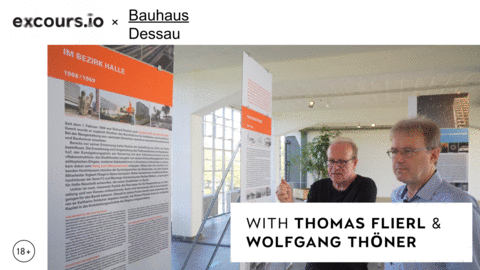Yokoo Tadanori: 100 Takes of Hanshan and Shide
100 Takes of Hanshan and Shide presents artist Yokoo Tadanori’s series of 102 paintings, reinterpreting figures from China’s Tang dynasty. Hanshan and Shide, eccentric poets believed to be bodhisattvas, have inspired artists for centuries with their enduring mystery. Yokoo found them an ideal image, projecting them onto diverse scenes like ukiyo-e-style women and marathon runners, a quest begun with his interpretation of Soga Shohaku. This exhibition reveals Yokoo’s sustained creative power after forty years, connecting ancient legends with contemporary art. Visitors will reflect on the timeless interplay between myth and artistic vision, appreciating how one artist continually reshapes enduring narratives.
Why should you watch this?
The film 100 Takes of Hanshan and Shide speaks to our moment by showing how myth and misrule become tools for thinking about continuity and change. Yokoo’s decision to paint 102 versions — placing ragged, poetic figures beside ukiyo-e women, Belorussian lovers, and marathon runners — stretches time and tests who belongs in stories we keep. Some images shock: Hanshan laughing in garish color or Shide pacing through a crowd of runners; others disarm with tenderness. The work feels at once playful and provocative, inviting viewers to reconsider tradition as a living practice and to carry forward compassion and imagination into uncertain futures.
Hanbok, Poetics of Line and the Passage of Life
The exhibition Hanbok, Poetics of Line and the Passage of Life presents the story of traditional Korean attire, tracing its cultural significance and transformation through time. With a basic style originating in the Three Kingdoms period (37 BCE – 668 CE), the Hanbok shown primarily reflects that of the Joseon dynasty (1392 – 1910). The exhibition explores how this clothing embodies Korean ancestral values, worldview, and reverence for nature through its use in life’s milestone ceremonies and its symbolic colours derived from Yin-Yang theory. Curated by EuiJung McGillis, the presentation showcases items from a baby’s first birthday dress to royal robes, alongside modern reinterpretations by early twentieth-century shinyeoseong (new women). Visitors will discover Hanbok as a transmitter of tradition and a dynamic symbol of Korean identity in a global context.
Why should you watch this?
Hanbok, Poetics of Line and the Passage of Life resonates today because it frames clothing as both a vessel of memory and a mirror of change. The exhibition’s display of the Obangjang durumagi, alive with five elemental colors, reminds us of humanity’s search for balance with nature at a time when sustainability is a global concern. Equally striking are the “new women” who reshaped Hanbok to claim individuality during Korea’s modernization — a gesture that still feels bold and liberating. This exhibition shows that tradition is not fixed but evolving, offering viewers a timeless reflection on identity, resilience, and creativity.



